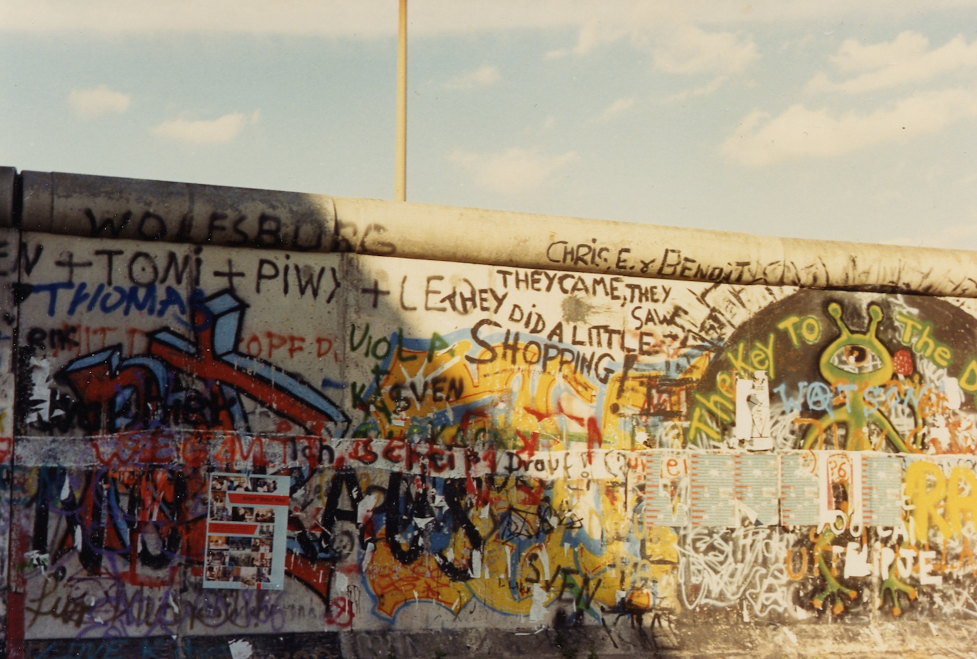Heal
December 31st, 2022 by Alan KirkerIn “The End of Trauma: How the New Science of Resilience is Changing How We Think About PTSD” (2022), author and doctor George Bonanno highlights an inborn and often untapped resilience people can cultivate after exposure to traumatic events. A combination of being optimistic about the future, having confidence in the ability to cope, and a willingness to see trauma-inducing threats as a challenge; together can enable a flexible thriving in circumstances when one’s natural resilient abilities might otherwise be doubted. Moreover, Bonanno suggests that such skills may be honed and become easier to muster over time, perhaps even becoming partly automated with age (2022, p. 58, 123, 211).
Besides polishing skills at building resilience to address traumatic stress, author Haider Warraich in his book “The Song of Our Scars” (2022) states that to deal with various forms of pain and suffering more generally, several non-pharmaceutical approaches can be of value. For instance, exercise is a “potent stimulant of the body’s innate painkillers” (p. 232), while hypnosis, the original method of pioneering scientists including Sigmund Freud, today “offers tantalizing hints about an unexplored dimension within us all whose potential remains entirely untapped” (p. 237). Warraich similarly considers the potential of placebo medications to activate our own healing systems, even when administered with the awareness of the subject patient (p. 243). Many people also find benefit with yoga, meditation and, more recently, psychedelic therapy.
Despite the potential promise held by holistic mind-body approaches, are they not still reductionist in the sense of failing to account for the patient’s personal or social contexts? In the forward to Norman Cousins’ book titled, “The Healing Heart: Antidotes to Pain and Helplessness” (1983), Professor of Cardiology at the Harvard School of Public Health, Bernard Lown, observes that contemporary medicine has focused too sharply on the disembodied disease, rather than on the patient themselves: “This conventional biomedical model, through giving lip service to the patient as object of care, largely ignores the subjective dimension” (p. 11). Lown goes further by offering that an over-reliance on science and technology sidesteps the important aspect of human touch and connection in treating patients:
“It is far easier to learn how to interpret scientific data than to acquire the art of obtaining a sound history or performing an adequate physical examination. A skewed cybernetic ensues, wherein inadequacy of bedside skills increases resort to technical solutions” (1983, p. 21).
Warraich adds a contemporary perspective to this view in stating that
“an increasing loneliness and corresponding spiritual void set the stage for modern stressors as being borne increasingly by the individual rather than shared by the community, and rising anxiety wrought by a world that is increasingly digitally connected but interpersonally fractured” (2022, p. 177).
Addiction psychiatrist Anna Lembke, referenced in Beth Macy’s exploration of the opioid epidemic in her book Raising Lazarus (2022), expresses concern that some pharmacological approaches, including those used to wean people off opioids, can only ever be bandage solutions, as what is truly needed is
“a wholesale reinvestment in communities, starting with universal health care. If doctors keep simply medicating people who are anxious and depressed… society will be robbed of the energy that incites the political will to create change… we are broadly using these drugs to fix what are essentially social problems” (2022 , p. 216).
Even more broadly, Norman Cousins declares that ultimately “Holism means healing – not just of bodies but of relationships” (1979, p. 123).
Bonnano, G. A. (2021) The End of Trauma: How the New Science of Resilience is Changing How We Think About PTSD. New York, United States: Basic Books / the Hachette Book Group
Cousins, N. (1979) Anatomy of an Illness as Perceived by the Patient: Reflections on Healing and Regeneration. New York, United States: W. W. Norton & Company
Cousins, N. (1983) The Healing Heart: Antidotes to Pain and Helplessness. New York, United States: W. W. Norton & Company
Macy, B. (2022) Raising Lazarus: Hope, Justice and the Future of America’s Overdose Epidemic. New York, United States: Little, Brown and Company
Warraich, H. (2022) The Song of Our Scars: The Untold Story of Pain. New York, United States: Basic Books / the Hachette Book Group
